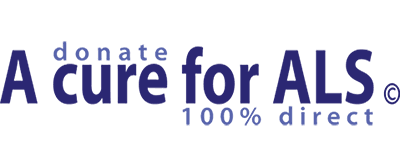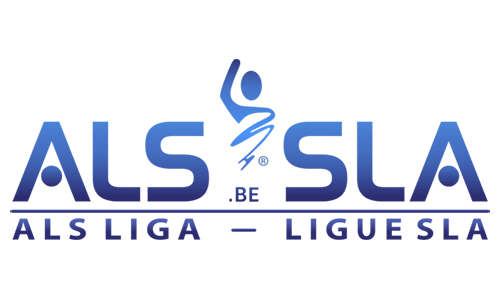C93 Antioxidant drugs reveal the potential for patient stratification in motor neurone disease
27-11-2019
MNDA SYMPOSIUM PERTH DEC19 PRESENTATIONS
Session 8A Disease models
Laura Ferraiuolo
Background: Medicine is moving away from a ‘one size fits all’ approach and instead focusing on how individual genetic characteristics determine treatment response. Therapeutic approaches towards ALS have always proven difficult due to the impressive genetic and phenotypic heterogeneity of the disease. We have developed a direct reprogramming protocol to produce neurons and astrocytes that retain the epigenetic features of the donors and reproduce the main hallmarks of ALS pathology, including astrocyte toxicity. An in house high-throughput drug screening has identified compounds with a patient-specific neuroprotective profile.
Objectives: The aim of this study is to decipher transcriptional signatures that will discriminate between patient responders to specific drugs as well as investigating drug response at a cellular level.
Methods: Astrocytes were generated from three unaffected individuals, 3 C9ORF72, 3 SOD1 and 3 sALS patients to identify the modes of action of Riluzole and two newly identified compounds. A combination of immunofluroscence approaches, functional studies to assess glutamate handling and mitochondrial function, as well as RNA-sequencing of poly-adenylated RNAs was used to identify patient-specific pathogenic characteristics and drug response.
Results: Immunostaining and functional studies showed that, overall, astrocytes derived from SOD1 patients display significantly higher levels of misfolded SOD1 aggregates, while C9ORF72 display significantly higher levels of p62 puncta. SOD1 astrocytes display a fragmented mitochondrial network while C9ORF72 have more fused mitochondria. In addition, C9ORF72 astrocytes have significant impairment in glutamate uptake. Interestingly, sALS astrocytes display a mix of features, including accumulation of p62, SOD1 misfolding and TDP43 nuclear loss and cytoplasmic aggregation. Pathway analysis of the RNA-seq data demonstrated large upregulation in pro-inflammatory pathways in SOD1 astrocytes while C9ORF72 pathways displayed impairment of RNA metabolism and transport. Further functional and transcriptional analysis taking into account drug response, regardless of the patient genotype, identified specific functional and transcriptional features that enabled us to identify drug responders for Riluzole and the two additional compounds identified in this study. In addition, we identified specific gene signatures of patient responders to a certain drug that demonstrated complete reversal upon drug treatment. The same gene signature is absent in controls as well as patient non-responders to the specific compound, indicating that the drug acts upon a group of transcripts that identifies specific mechanisms that are impaired in one group of patients and not another.
Discussion and conclusions: By using patient-derived cells, this study has identified pathological and transcriptional patient-specific features, some of which are genotype-driven while others are idiosyncratic, that have a great potential for patient stratification and precision medicine approaches.
Source: Abstract Book symposium Perth


